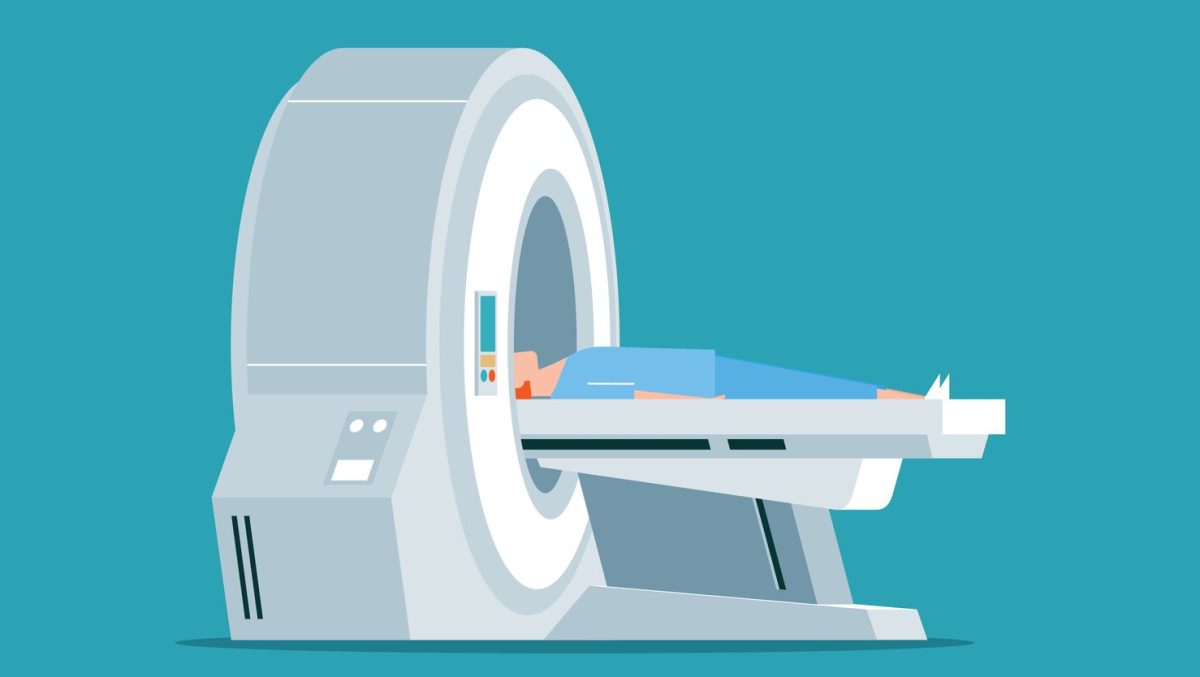NASA and DARPA will test nuclear heat engines for crewed missions to Mars
Agencies hope to demonstrate the technology as early as 2027.
NASA is going back to an old idea as it tries to get humans to Mars. It is partnering with the Defense Advanced Research Projects Agency (DARPA) to test a nuclear thermal rocket engine in space with the goal of using the technology for crewed missions to the Red Planet. The agencies hope to “demonstrate advanced nuclear thermal propulsion technology as early as 2027,” NASA Administrator Bill Nelson said. "With the help of this new technology, astronauts could travel to and from deep space faster than ever before - a major capability to prepare for crewed missions to Mars."
As part of the Demonstration Rocket for Agile Cislunar Operations (DRACO) program, NASA's Space Technology Missions Directorate will lead the technical development of the engine, which will be integrated into an experimental DARPA spacecraft. NASA says nuclear thermal propulsion (NTP) could allow spacecraft to travel faster, potentially reducing the volume of supplies needed to complete a long mission. An NTD engine could also free up space for more science equipment and additional power for instrumentation and communication.
As early as the 1940s, scientists began speculating about the possibility of using nuclear energy to power spaceflight. The United States conducted ground-based experiments on this front beginning in the 1950s. Budget cuts and changing priorities (such as an emphasis on the Space Shuttle program) led NASA to abandon the project in late 1972 before performing test flights.
NTP engines do of course come with risks, such as the possible dispersal of radioactive material into the environment if they fail in the atmosphere or in orbit. Still, NASA says the faster transit times that NTP engines can enable could reduce the risk to astronauts – they could cut travel times to Mars by up to a quarter. Nuclear thermal rockets could be at least three times more efficient than conventional chemical propulsion methods.
NASA is also looking at nuclear power to fuel related space exploration efforts. In 2018, he conducted tests of a portable nuclear reactor as part of efforts to develop a system capable of powering a habitat on Mars. Last year, NASA and the Department of Energy selected three contractors to design a fission surface power system that they can test on the Moon. DARPA and the Department of Defense have worked on other NTP engine projects in recent years.
Meanwhile, the United States has just approved a small modular nuclear design for the first time. As Gizmodo reports, the design allows for a nuclear facility about one-third the size of a standard reactor. Each module is capable of producing approximately 50 megawatts of power. The design, of a business...
Agencies hope to demonstrate the technology as early as 2027.
NASA is going back to an old idea as it tries to get humans to Mars. It is partnering with the Defense Advanced Research Projects Agency (DARPA) to test a nuclear thermal rocket engine in space with the goal of using the technology for crewed missions to the Red Planet. The agencies hope to “demonstrate advanced nuclear thermal propulsion technology as early as 2027,” NASA Administrator Bill Nelson said. "With the help of this new technology, astronauts could travel to and from deep space faster than ever before - a major capability to prepare for crewed missions to Mars."
As part of the Demonstration Rocket for Agile Cislunar Operations (DRACO) program, NASA's Space Technology Missions Directorate will lead the technical development of the engine, which will be integrated into an experimental DARPA spacecraft. NASA says nuclear thermal propulsion (NTP) could allow spacecraft to travel faster, potentially reducing the volume of supplies needed to complete a long mission. An NTD engine could also free up space for more science equipment and additional power for instrumentation and communication.
As early as the 1940s, scientists began speculating about the possibility of using nuclear energy to power spaceflight. The United States conducted ground-based experiments on this front beginning in the 1950s. Budget cuts and changing priorities (such as an emphasis on the Space Shuttle program) led NASA to abandon the project in late 1972 before performing test flights.
NTP engines do of course come with risks, such as the possible dispersal of radioactive material into the environment if they fail in the atmosphere or in orbit. Still, NASA says the faster transit times that NTP engines can enable could reduce the risk to astronauts – they could cut travel times to Mars by up to a quarter. Nuclear thermal rockets could be at least three times more efficient than conventional chemical propulsion methods.
NASA is also looking at nuclear power to fuel related space exploration efforts. In 2018, he conducted tests of a portable nuclear reactor as part of efforts to develop a system capable of powering a habitat on Mars. Last year, NASA and the Department of Energy selected three contractors to design a fission surface power system that they can test on the Moon. DARPA and the Department of Defense have worked on other NTP engine projects in recent years.
Meanwhile, the United States has just approved a small modular nuclear design for the first time. As Gizmodo reports, the design allows for a nuclear facility about one-third the size of a standard reactor. Each module is capable of producing approximately 50 megawatts of power. The design, of a business...
What's Your Reaction?






















